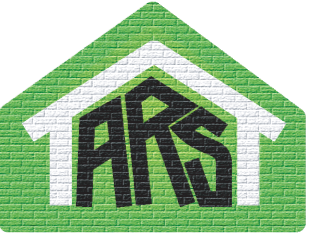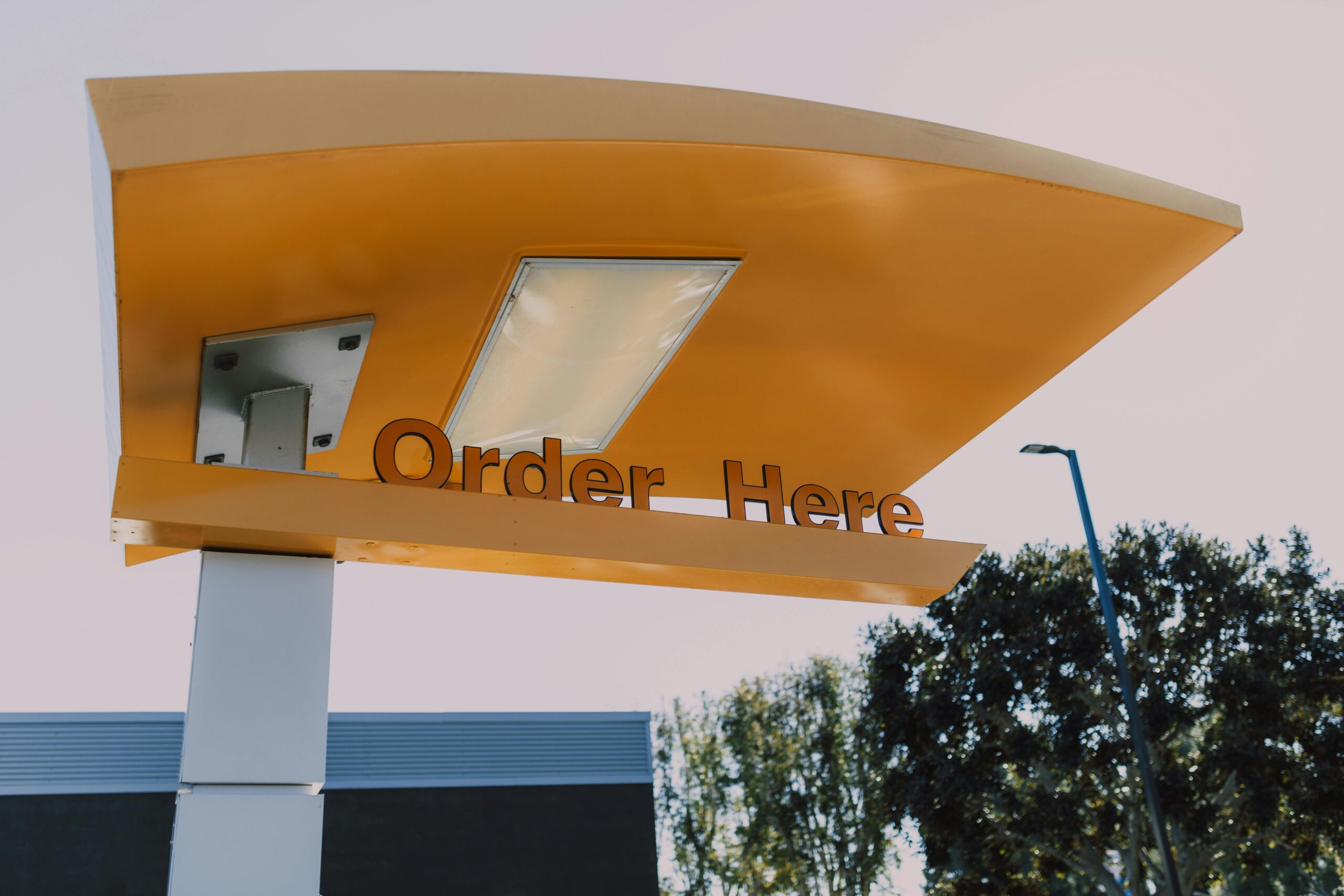The Dallas-Fort Worth metroplex is a vibrant hub of business, but the intense Texas weather – from scorching summers to unpredictable storms – can take a serious toll on commercial properties, especially their roofs. A well-maintained commercial roof is crucial for protecting your investment and ensuring smooth business operations. Ignoring minor issues can quickly escalate into costly repairs and disruptions.
At ARS Roofers, we’ve seen firsthand the common roofing challenges faced by businesses throughout the DFW area. Here are five frequent problems we encounter and how addressing them promptly can save you time, money, and headaches:
1. Ponding Water (Standing Water): A DFW Flat Roof Enemy
Many commercial buildings in Dallas and Fort Worth feature flat or low-sloped roofs. While efficient in design, these roofs are susceptible to ponding water after our significant rain events. Inadequate drainage, caused by improper slope or blocked drains, allows water to linger.
Why it’s a DFW Problem: Our heavy downpours can overwhelm drainage systems. The Texas heat can also exacerbate the issue by slowing evaporation.
Consequences: Ponding water can degrade the roof membrane prematurely, leading to leaks. The added weight can stress the roof structure, and stagnant water can foster algae and mold growth.
How to Address: Professional assessment of roof slope and drainage is key. Solutions include installing tapered insulation to improve drainage, ensuring scuppers and drains are clear of debris, and potentially modifying the drainage system.
2. Roof Leaks: A Threat to Your Bottom Line
Leaks are perhaps the most obvious and disruptive roofing problem. In the DFW area, commercial roofs face a multitude of stressors that can lead to breaches.
Why in DFW? Extreme temperature swings cause expansion and contraction of roofing materials. Hailstorms, unfortunately common here, can puncture or damage membranes. Aging materials and even foot traffic from rooftop maintenance can also create vulnerabilities.
Consequences: Water damage to interiors, including ceilings, walls, and equipment, is a significant risk. Mold growth can lead to health issues and further property damage, and business operations can be severely disrupted.
How to Address: Prompt and thorough leak detection is crucial. Professional roofers can identify the source and perform repairs using appropriate materials and techniques, ensuring a watertight seal. Preventative maintenance, including regular inspections and sealing of vulnerable areas, can minimize the risk of future leaks.
3. Membrane Damage: Cracks, Tears, and Blisters Under the Texas Sun
The roof membrane is your building’s first line of defense against the elements. However, it’s constantly exposed to the harsh Texas environment.
Why in DFW? The intense UV radiation from our long, sunny days can break down roof membranes over time, causing them to become brittle and crack. Hail can cause direct punctures and tears. Blisters can form due to trapped moisture within the membrane, often exacerbated by heat.
Consequences: Membrane damage compromises the roof’s ability to repel water, leading to leaks and reduced energy efficiency. A damaged membrane also shortens the overall lifespan of your roof.
How to Address: Regular roof inspections can identify membrane damage early. Repairs, such as patching or applying protective coatings, can extend the life of the roof. Choosing durable, UV-resistant materials during installation is also essential.
4. Issues Around Roof Penetrations: Sealing the Weak Spots
Commercial roofs often have numerous penetrations for HVAC units, vents, skylights, and other equipment. The seals around these areas are critical for maintaining a watertight roof.
Why in DFW? The sheer number of rooftop units on many DFW commercial buildings increases the potential for issues. Temperature fluctuations can cause seals to expand and contract, eventually leading to cracks or failures. Improper installation or wear and tear can also create problems.
Consequences: Leaks around penetrations can cause localized water damage and potentially damage the equipment itself. Energy loss can also occur if seals are compromised.
How to Address: Careful and correct installation of flashing and seals around all roof penetrations is paramount. Regular inspections and maintenance of these areas are essential to ensure they remain watertight.
5. Neglected Maintenance and Debris Accumulation: A Recipe for Disaster
Perhaps the most preventable roofing problem is the failure to implement regular maintenance. In the DFW area, seasonal changes bring falling leaves, branches, and other debris that can accumulate on commercial roofs.
Why in DFW? Our windy conditions can deposit significant amounts of debris. Neglecting to remove this buildup can lead to clogged drains, trapped moisture, and even vegetation growth on the roof.
Consequences: Blocked drainage leads to ponding water. Trapped moisture accelerates roof deterioration. Vegetation can damage the roof membrane and create pathways for water intrusion.
How to Address: Implementing a routine roof maintenance schedule is crucial. This includes regular cleaning to remove debris, inspections to identify minor issues before they escalate, and prompt repairs as needed.
Protect Your DFW Business with Proactive Roofing Solutions
Don’t let these common commercial roofing problems compromise your business in the Dallas-Fort Worth area. At [Roofer’s Company Name], we understand the unique challenges our local climate presents. Our experienced team provides comprehensive commercial roofing services, from thorough inspections and expert repairs to preventative maintenance programs designed to keep your roof in top condition.




